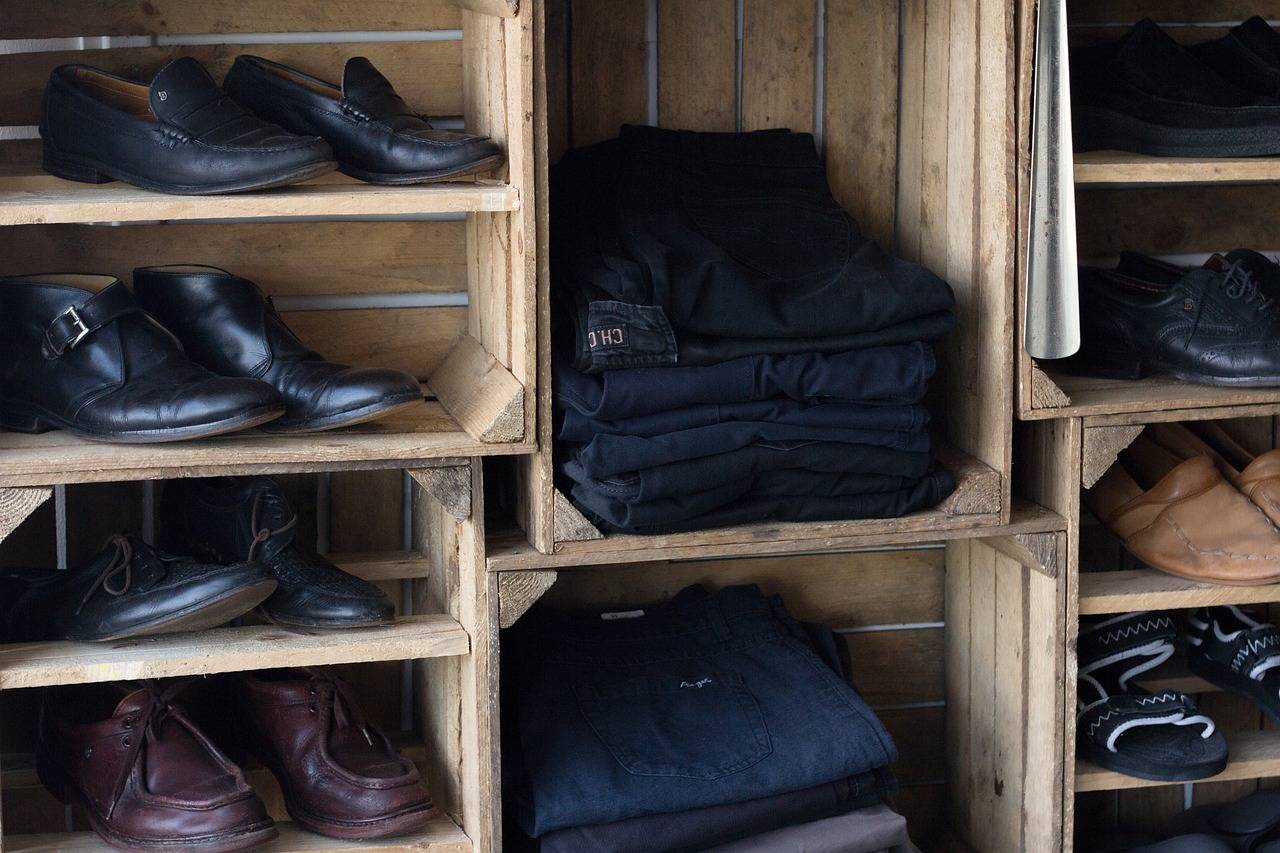The Future of Retail Design: Creating Immersive Shopping Experiences
Traditional retail design faces numerous challenges in the modern landscape. The shift towards online shopping has put brick-and-mortar stores under increased pressure to compete for consumers’ attention. The need for innovative and engaging store layouts that provide a unique shopping experience is more crucial than ever to drive foot traffic and boost sales.
Additionally, traditional retailers often struggle with effectively utilizing limited physical space in their stores. Balancing the need to showcase a wide range of products while also creating a seamless shopping flow can be a complex task. Overcrowded and cluttered store layouts can deter customers and hinder their overall shopping experience.
Impact of Technology on Retail Experiences
Technology has revolutionized the way consumers engage with retail spaces. From online shopping to interactive in-store displays, technology has significantly altered the overall shopping experience. As a result, retailers are constantly adapting to these changes to meet the evolving needs and expectations of consumers.
One key impact of technology on retail experiences is the emphasis on personalization. With the help of data analytics and AI algorithms, retailers can now tailor their offerings and marketing strategies to individual consumer preferences. This level of customization creates a more engaging and satisfying shopping experience for customers, ultimately leading to increased brand loyalty and sales.
Incorporating Virtual Reality in Store Design
Virtual reality has emerged as a game-changer in the realm of retail design, offering a dynamic way to engage customers in immersive and interactive experiences. By integrating virtual reality technology into store design, retailers can transport customers to a digital environment where they can explore products, visualize different design options, and even experience services firsthand. This innovative approach not only captivates shoppers but also enables businesses to showcase their offerings in a memorable and impactful way that traditional retail design often struggles to achieve.
The incorporation of virtual reality in store design presents a unique opportunity for retailers to bridge the gap between the online and offline shopping experience. Through the use of VR, customers can interact with products in a three-dimensional space, receive personalized recommendations, and make informed purchasing decisions, all within the physical store environment. This fusion of digital and physical worlds not only enhances the overall shopping experience but also allows retailers to gather valuable insights into customer preferences and behaviors, enabling them to tailor their strategies and offerings accordingly.





